Nestled in the heart of the Canadian Rockies, Jasper National Park offers a rare and breathtaking experience for stargazers and nature enthusiasts alike. Spanning 11,000 square kilometers of protected wilderness, Jasper is not just one of the largest dark sky preserves in the world; it is also one of the most accessible. Designated as a Dark Sky Preserve by the Royal Astronomical Society of Canada (RASC) in 2011, Jasper's commitment to preserving its night skies has made it a haven for those seeking to experience the wonders of the universe.
On a balmy October evening, the Edmonton Symphony Orchestra Strings perform under the stars, their music hushing a buzzing crowd. Dusk has fallen over Jasper National Park, and I am snug under a blanket, gazing up at a sea of stars amidst the Milky Way's glow. Below me, snow-dusted peaks rise toward the heavens, and the clear, glacial-blue waters of Lac Beauvert blend into the inky darkness. This is just one of the many events at the annual Dark Sky Festival, held from October 17 to November 2, 2025. The festival celebrates Jasper's unique status as a dark sky preserve and offers a variety of activities for visitors to connect with the night sky.
What sets Jasper apart from other dark sky preserves is its accessibility. Unlike remote locations like Wood Buffalo National Park and Grasslands National Park, which lack infrastructure and lodging, Jasper offers a charming town within the preserve. With a population of 4,700, the town of Jasper provides easy access to stargazing sites, comfortable accommodations, and locally led tours. "You get to see something you don't get in other [accessible] places, which is the ability to see thousands of stars, even from the middle of town," said Tyler Burgardt, an astrophysicist and general manager of the Jasper Planetarium.
Burgardt's favorite tour takes guests to a peninsula on Lac Beauvert, where they can experience the nighttime side of the Canadian Rockies. Ringed by rugged peaks and hauntingly silent, the only sound is the soft ripple of wind on the water. He estimates that the Northern Lights are visible here roughly every 10 days to two weeks. "It's just absolutely beautiful," he said. "It's a really cool way to truly experience the nighttime side of the Canadian Rockies."
Jasper's commitment to preserving its night skies is evident in its infrastructure. The town has installed streetlights that point downwards and emit a softer glow than regular lights, minimizing artificial lighting. This, combined with Jasper's location within the national park and surrounded by the UNESCO-designated Canadian Rocky Mountains, provides a natural barrier from the artificial light created by nearby cities. According to the RASC, the goal of a dark sky designation is to promote low-impact lighting practices, improve the nocturnal environment for plants and wildlife, protect dark observing sites for astronomy, and provide accessible locations for the public to experience the naturally dark night sky.
Phillipa Gunn, public relations and communications officer for Parks Canada, said Jasper National Park met many of the RASC's requirements for a Dark Sky Preserve even before its official designation. "Jasper National Park is an ideal location for a Dark Sky Preserve as 97% of the park is a designated wilderness area, free of light pollution," Gunn said. Parks Canada has expanded its dark sky interpretation programs and worked with the town and private partners to ensure all street fixtures are dark-sky compliant. As a result, when driving to Jasper at night, it's nearly impossible to tell a town is even located in the vast blackness that envelops the area.
The Dark Sky Festival, now in its 15th year, is a major highlight for visitors. With 2025 marking the festival's anniversary, plans include a drone show featuring 200 synchronized drones, notable guest speakers, planetarium stargazing sessions, and a portable telescope and tent at the base of the Jasper Sky Tram. "We invite space or science enthusiasts, aurora chasers, and anyone fascinated by the dark sky to join us," said Naji Khouri, director of destination development for Tourism Jasper. "We have unique experiences that are really of interest to a wide range of people, including families."
Jasper's allure extends beyond the festival. The park offers a variety of daytime activities, including hiking the Sulphur Skyline trail for sweeping views of the Fiddle River Valley and Utopia Mountain, paddling on Maligne Lake, and exploring the Pyramid Lake Overlook. Visitors can also delve into the Indigenous and cultural stories of the stars. The Indigenous people of Canada have long utilized the night sky in all aspects of daily life, using the stars and constellations as guiding lights and calendars. The stars are also intrinsically linked to First Nations' spiritual identities and are connected to the legends of the past.
Matricia Bauer of Warrior Women, an Indigenous- and women-owned business, offers a fireside stargazing tour in Jasper based on Indigenous creation stories. Bauer, of Cree descent, recognized the importance of decolonizing her own education, which included learning about the Cree Star Chart and the Indigenous constellations that rest in the kisik (sky) in Cree. "The Cree Star Chart made sense of the world around me," she said. "It made sense of the Northern Lights. I understood who Star Woman was and why we come from the stars and why we return to the stars."
In Cree culture, Star Woman is one of the Star Beings who gave up her place in the sky to come to "Turtle Island" (North America). When she became pregnant with twins, it marked the beginning of the First People. At the end of her life, she was granted three wishes, one of which was to return to the sky. "When we see the Northern Lights, we call that the Cipayuk," Bauer said. "It means ancestors dancing, or ghosts dancing. It's reminding us that there is another realm that exists, where we get to stay for the rest of our lives."
Bauer's stories are not just about the stars but about the deep cultural and spiritual connections they represent. "Every constellation, every star has a beautiful song, has a beautiful story, has a beautiful place in our culture," she said. Her tours offer visitors a chance to connect with the Indigenous perspective on the night sky, adding a layer of depth to their stargazing experience.
As the Dark Sky Festival approaches, Jasper National Park stands as a testament to the beauty and importance of preserving our night skies. Whether through scientific exploration or cultural storytelling, Jasper offers a unique and immersive experience for visitors. It is a place where the stars are not just distant lights but are part of a living, breathing culture that has existed for millennia.
For those seeking a deeper connection with the universe, Jasper National Park is more than just a destination—it is a celestial sanctuary. With its commitment to preserving the night sky, its rich cultural heritage, and its stunning natural beauty, Jasper invites travelers to explore the wonders of the cosmos and the stories that lie within.

By Noah Bell/Feb 25, 2025

By Natalie Campbell/Feb 25, 2025
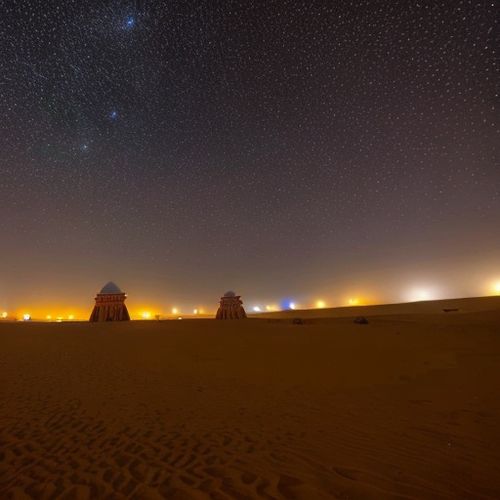
By Laura Wilson/Feb 25, 2025
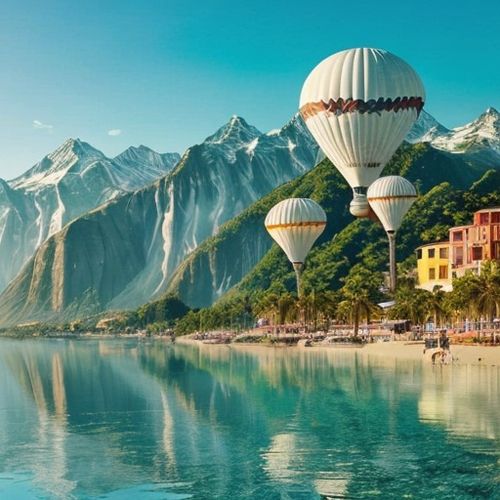
By John Smith/Feb 25, 2025

By Lily Simpson/Feb 25, 2025
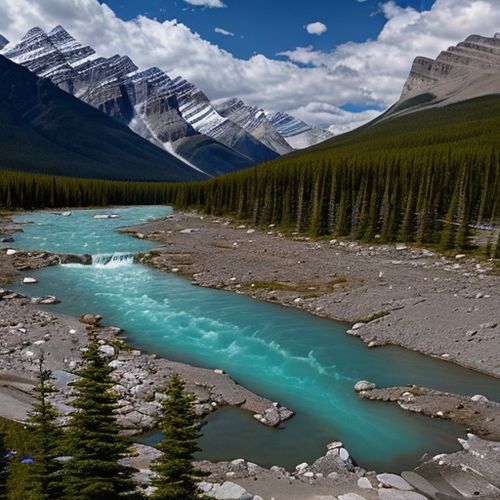
By Jessica Lee/Feb 25, 2025

By John Smith/Feb 25, 2025
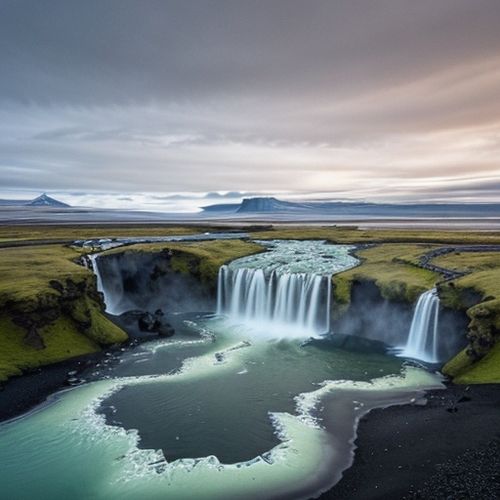
By Rebecca Stewart/Feb 25, 2025
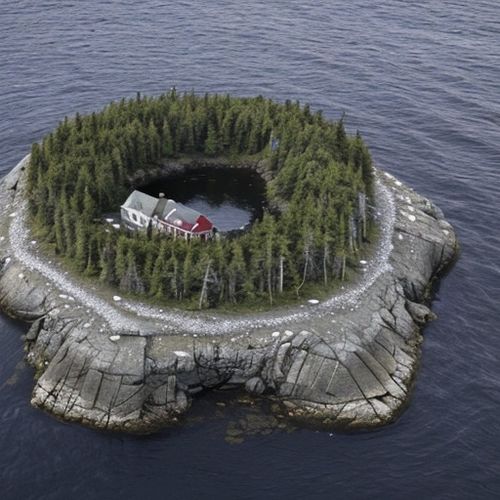
By Rebecca Stewart/Feb 25, 2025
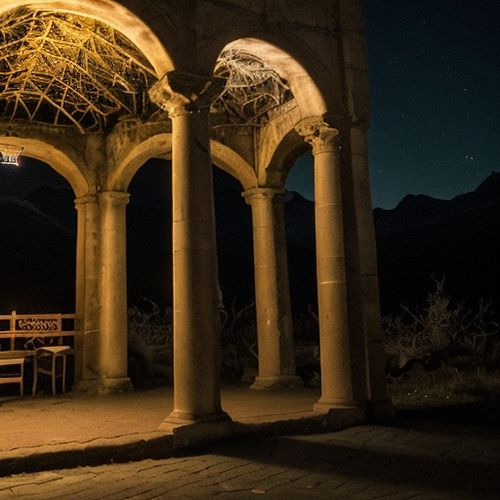
By Daniel Scott/Feb 25, 2025
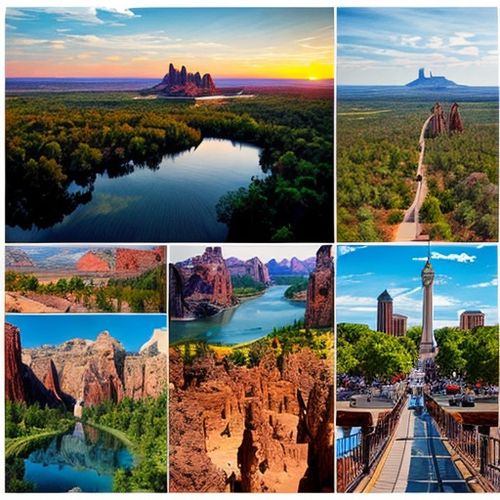
By Ryan Martin/Dec 23, 2024
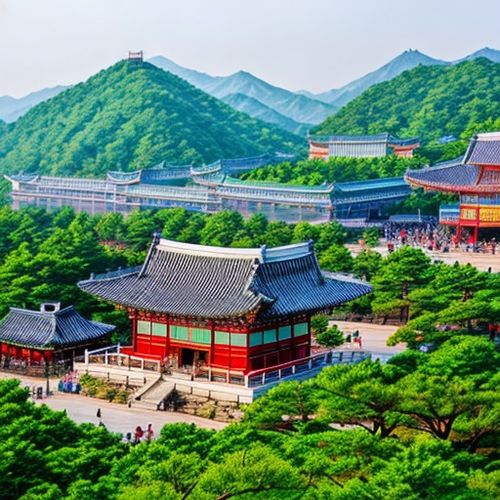
By Emma Thompson/Dec 23, 2024
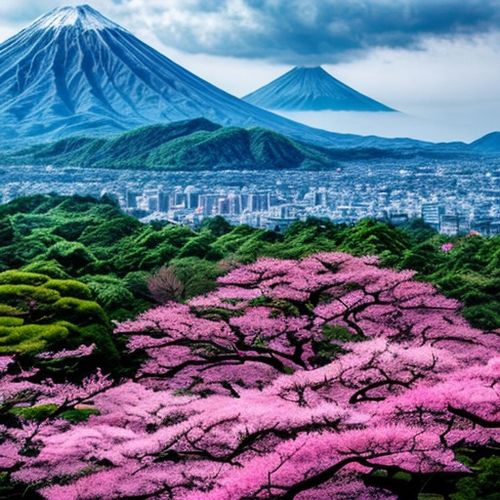
By Sophia Lewis/Dec 23, 2024
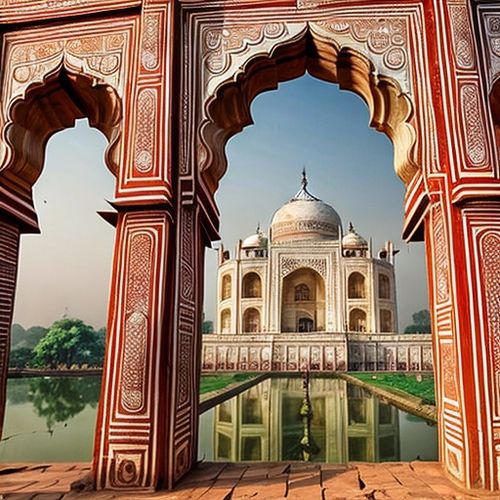
By James Moore/Dec 23, 2024

By Benjamin Evans/Dec 23, 2024

By John Smith/Dec 23, 2024
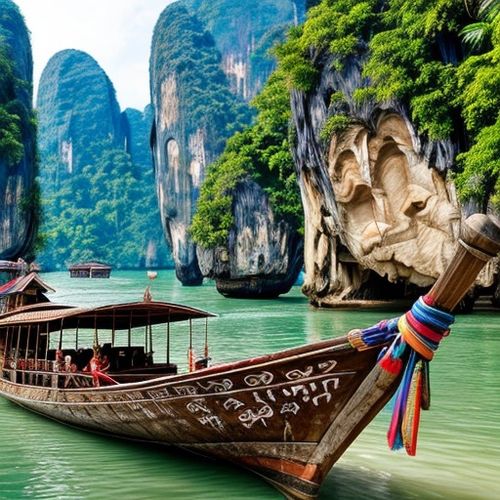
By William Miller/Dec 23, 2024
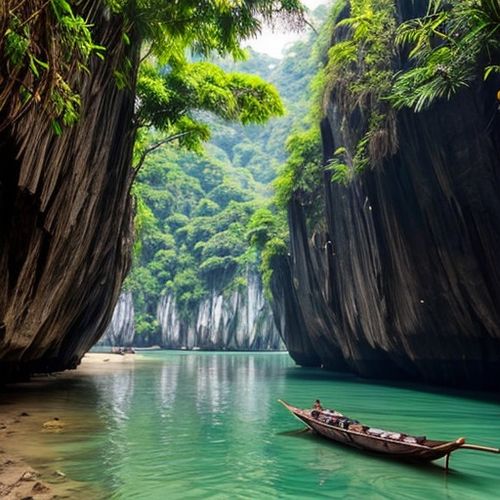
By Michael Brown/Dec 23, 2024